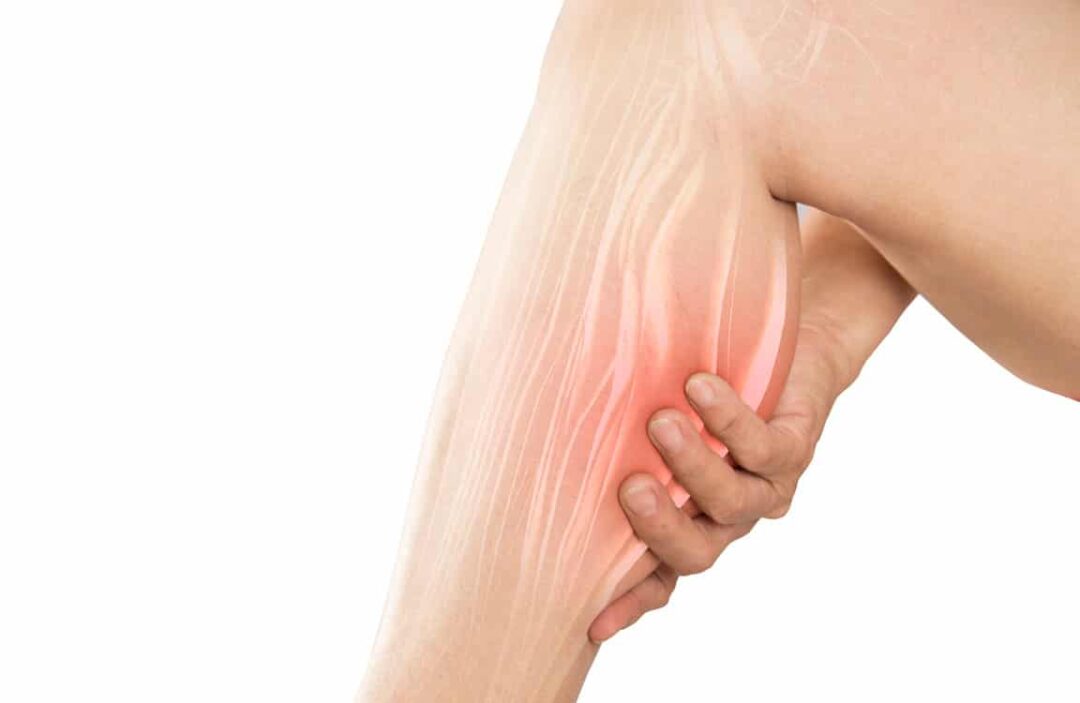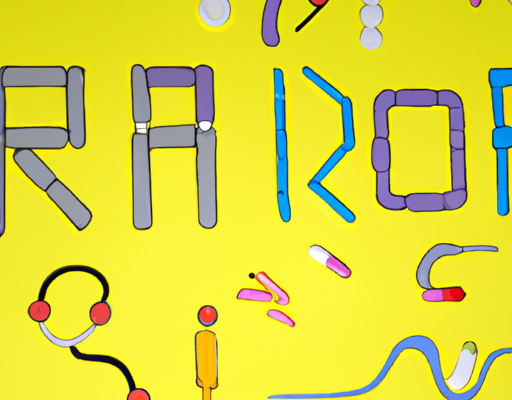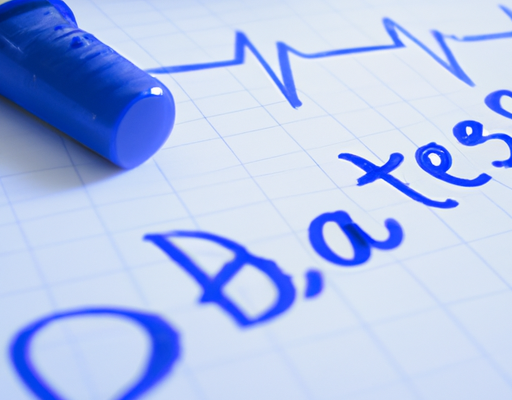Spasms (or myoclonia) are sudden, uncontrollable and painful increases in muscle tone lasting from 10 seconds to 15 minutes. Spasms of the lower leg muscles are most common, as they are often used and are far away from the heart and central vessels.
The causes of spasms are divided into two groups: some are caused by physical exertion, others are symptoms of various systemic pathologies.
Here is a partial list of pathologies that can be accompanied by this symptom: varicose veins, non-insulin dependent diabetes, kidney failure, imbalance of thyroid hormones, flat feet, Parkinson’s disease, liver cirrhosis, various tumors, spasmophilia, multiple sclerosis, neuroinfections, encephalomyelitis, flu, etc. If spasms occur more than two or three times a month and are not related to sports activities, it is necessary to consult a neurologist.
If spasms occur on the background of increased physical activity, especially cyclic sports such as running or cycling, then they can be dealt with independently.
Usually the cause of this painful situation is the lack of such macroelements as calcium and magnesium (which are necessary for muscle contraction), as well as excessive load, which in turn leads to the accumulation of lactic acid and increased basal tone of the muscles. Flat feet also plays a big role – it causes an “inelastic” arch and disruption of blood flow and lymph drainage.
What to do for the prevention of cramps
- To prevent cramps, electrolyte imbalance occurs due to excessive sweating during intense workouts. To regulate normal muscle contraction, it is necessary to restore the necessary amount of magnesium, calcium, and potassium (adding vitamin B6 can help with better absorption).
- Doctors often suggest balancing the diet, but it is much easier to replenish missing elements with dietary supplements or vitamin complexes in modern life.
- For pronounced flatfoot, it is necessary to purchase or make orthopedic insoles at least for training shoes.
- Stretch the calves two or three times a week, three repetitions (no less), each lasting 40 seconds. When preparing for competitions or increasing training volumes, do not forget to do a sports massage for the legs once a week.
What to do if a spasm has already occurred
If a spasm has already occurred, it is usually best to pull the sock onto yourself, bend and unbend the knee joint several times, and massage the calf muscles well. Additionally, warming ointments can be used to increase blood flow.
If you are worried about spasms during competitions, bring an alcoholic swab and a sterile syringe needle. When a spasm occurs, stop, wipe the outside of the calf muscle at the widest part with alcohol, and pierce it with the needle (1.5-2 cm) to quickly relieve the spasm and continue running. If there is no hurry, start with a sock pull and massage.





No Comments